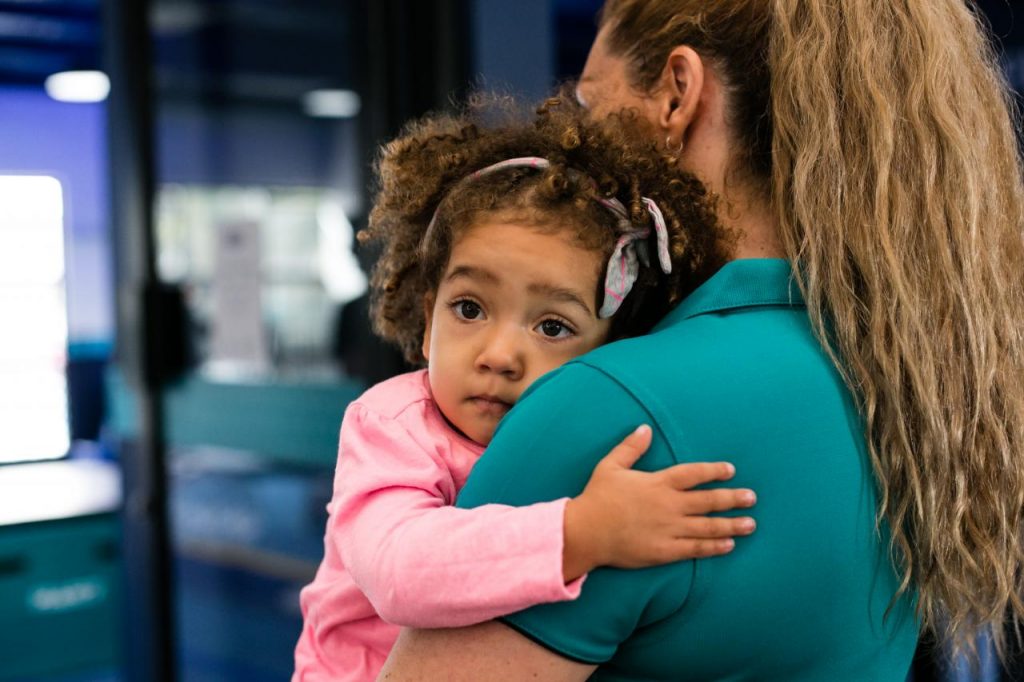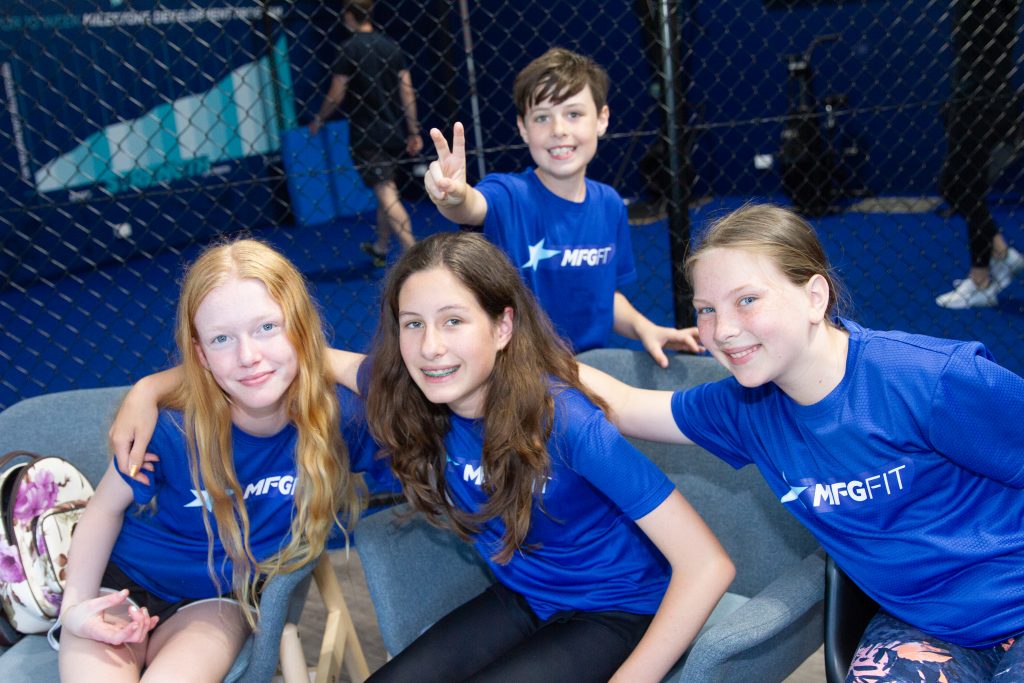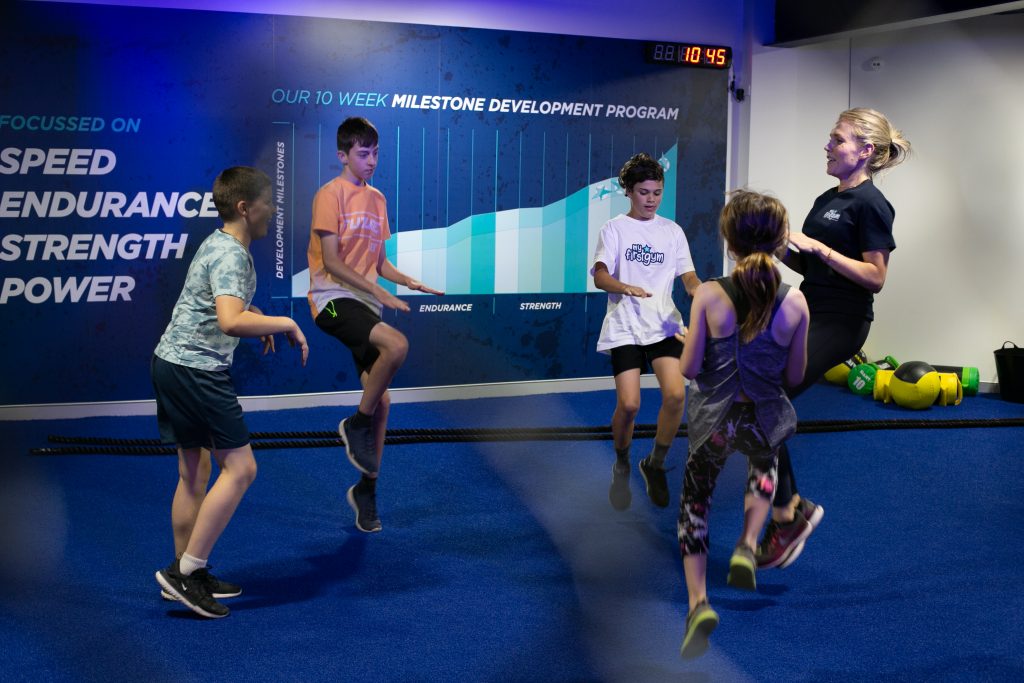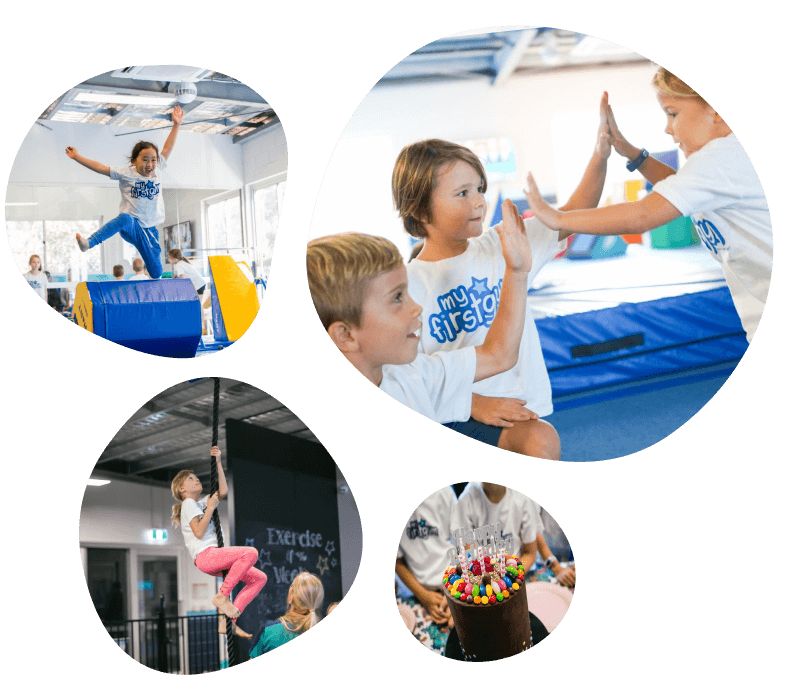
WORDS BY ERICA NEWTON, MYFIRSTGYM CO-FOUNDER
When Michelle Obama likened handing our kids a phone to giving them cigarettes, I died a little parental death.
I was listening to a Jay Shetty podcast featuring the former First Lady, as she discussed how we had no idea how overloaded our kids’ brains are from constant technology and input from screens. To use the analogy of a highly addictive, life threatening and expensive habit to illustrate just how bad technology can be to our children’s health hit home. My home in particular.
Like most parents, I make sure our family diet is balanced, that we exercise, get out in the fresh air and our home is a safe and loving space… all the things our children need to feel nurtured and healthy. We even built MyFirstGym to help parents reinforce those technology boundaries and nurture real life connections, not just inspire movement!
But Michelle’s cigarette talk struck a nerve: technology is definitely a thing in our house.
The risks of technology on children’s health.
The Australian Institute of Family Studies found that screen time has negative effects on our kids’ weight, motor and cognitive development, as well as their social and psychological wellbeing. For our kids, this translates into:
- poor physical health,
- increased risk of heart disease, cancer, and type-2 diabetes,
- behavioural problems,
- anxiety,
- hyperactivity,
- attention issues,
- abject self-esteem and
- depression.
Almost sounds like being addicted to cigarettes, doesn’t it?
The World Health Organisation (WHO) found the trend toward technology use so worrying, they produced global guidelines on physical activity and sedentary behaviour for children:
- Children under the age of 5 should not spend more than 60 minutes a day in passive activities in front of a screen (including the TV)
- Children under 12 months of age should not spend one minute in front of electronic devices. (In Australia, the recommendation is no screens at all for kids under 2 years of age.)
It’s horrifying, but only 17% of preschoolers and 15% of 5-12 year olds in Australia meet screentime guidelines.
Refocusing children on real life connections.

Now, my kids aren’t on screens the minute they finish school or sport. We don’t sit around the dinner table and stare at our phones while we eat. But I have watched first hand as my kids ‘play’ with friends by sitting on their devices for what seems like hours. Social media, messaging apps and gaming platforms are used in my house, sometimes ad nauseum no matter how many locks and filters I put on their technology.
The WHO’s goal is for children up to 5 years old to swap out screens for physical activity and interactions in the real world. Playing make believe, games, drawing, reading and listening to stories from parents and caregivers. For our 5-17 year olds, they should be getting an hour of moderate to vigorous exercise per day: riding their bikes, playing in the backyard… all the stuff we used to do before technology infiltrated our lives like cigarette smoke.
The fact is tech isn’t going anywhere; it comes with benefits and evils (unlike cigarettes!) It’s up to parents and caregivers to act as moderators and role models. We need to teach our children how to use screens more appropriately:
- maintain eye contact and actively listen (put down your phone when you’re talking to someone).
- embrace empty space (like waiting in line) without reaching for your phone.
- use technology to save us time, rather than mindlessly fill it.
- expose our children to as many ‘non-digital’ experiences as possible.
This is where sport, community, group activities and learning together are vital.
How MyFirstGym helps children make real life connections.

Social and cognitive development is built into our programs through teamwork, coaching and collaboration. Real life connections are made through inspiring movement, and we do this through:
- meaningful praise and gentle coaching
- interacting with others e.g. partnering up with other children
- problem-solving as a group
- engaging community events
- focussing on movement and individual goals
- making each child feel valued.
Building confidence and self-esteem, and increasing the joy MyFirstGym kids feel is as important as improving their physical health. We make movement fun! Happiness and laughter are key components of every MyFirstGym class. Technology is not absent, but used mindfully to track progress and motivate the completion of fitness goals with things like MyMovementBuddy.
We don’t need to feel like we’re failing this whole technology thing, but most of us could probably do better: me included. MyFirstGym is here to help parents reinforce those technology boundaries and nurture real life connections. Come down to a branch and see for yourself!



